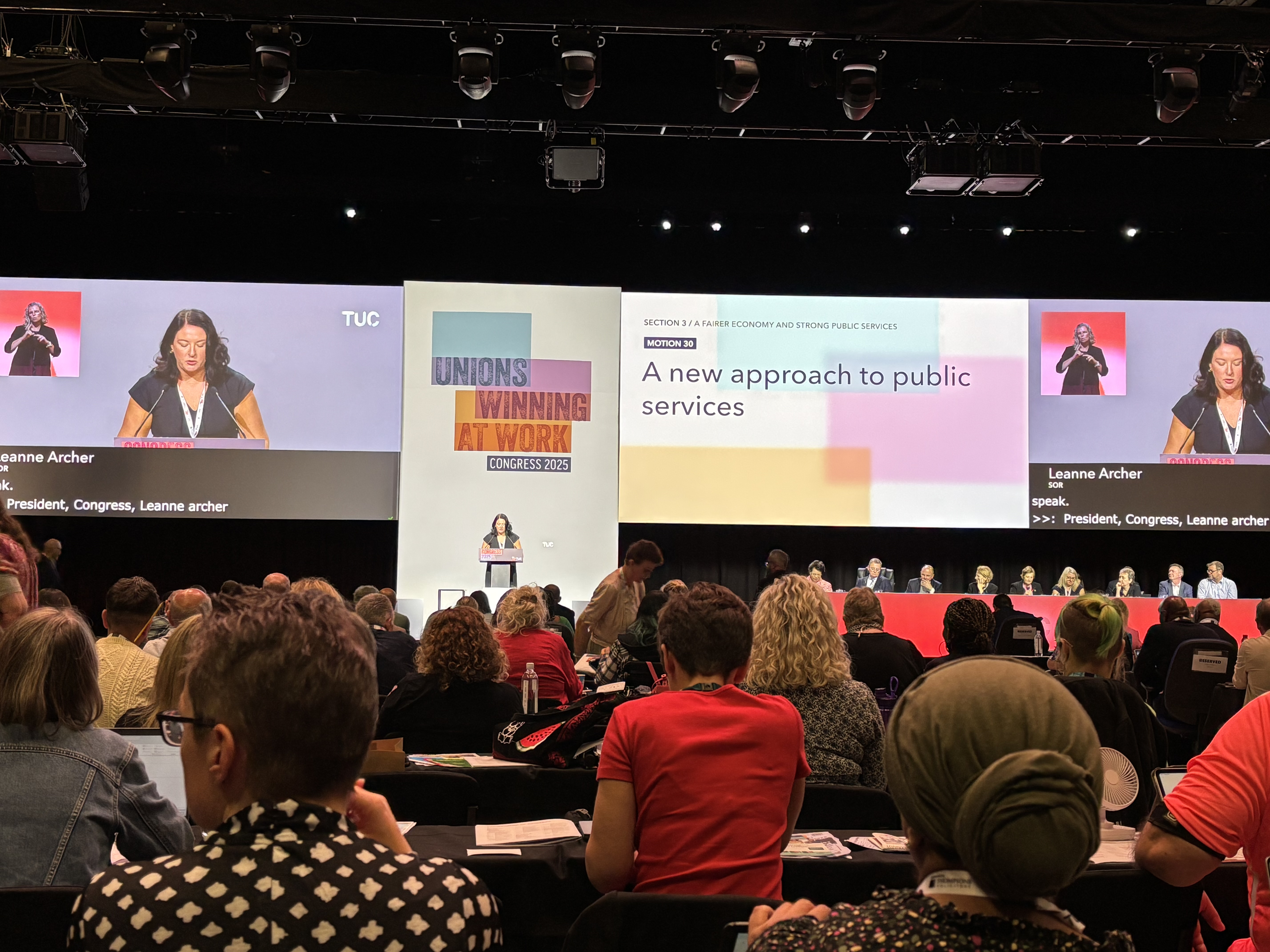
A new system of NHS league tables was launched across England today (18 September), under which Trusts will be ranked quarterly.
Described as a “major reform milestone” under the government’s Plan for Change, the tables are expected to ensure NHS investment delivers meaningful outcomes, greater efficiency and real value for patients.
But the SoR has warned this will not solve waiting lists without investment in staff.
Identify where urgent support is needed
Top-performing trusts will be rewarded with greater autonomy, including the ability to reinvest surplus budgets into frontline improvements such as new diagnostic equipment and hospital upgrades.
Trusts facing the greatest challenges, meanwhile, will receive enhanced support to drive improvement, with senior leaders held accountable through performance-linked pay.
Trusts will be scored into four performance segments, with the first segment representing the best performing areas and the fourth segment showing the most challenged. Those Trusts in middle segments of the tables will be encouraged to learn from top performers.
Health and Social Care secretary, Wes Streeting, said: "We must be honest about the state of the NHS to fix it. Patients and taxpayers have to know how their local NHS services are doing compared to the rest of the country.
"These league tables will identify where urgent support is needed and allow high-performing areas to share best practises with others, taking the best of the NHS to the rest of the NHS.
"Patients know when local services aren't up to scratch and they want to see an end to the postcode lottery - that's what this government is doing. We're combining the extra £26 billion investment each year with tough reforms to get value for money, with every pound helping to cut waiting times for patients."
By summer 2026, the tables will expand to cover Integrated Care Boards – NHS organisations responsible for planning health services for their local population – and wider areas of NHS performance.
A new approach to public services
The scheme comes following the Trade Unions Congress annual conference, where senior union figures from across the country came together to discuss issues facing workers.
Leadership within the Society in attendance were keen to raise the ongoing recruitment and retention crisis within the radiography workforce, despite the nine in 10 patients who pass through the NHS needing to see a radiographer in their treatment pathway.
There, the SoR seconded ‘Motion 30: A new approach to public services’, a motion raised by the Chartered Society of Physiotherapy, which calls on the TUC to press the government for a new approach to public sector pay.
It asks the government to commit to:
- Pay restoration across the public sector over the lifetime of the current parliament, with annual pay rounds settled by the start of each financial year from 2026
- That future pay rises are funded with additional public expenditure, so that public services and the UK’s devolved nations are not forced to freeze recruitment or cut access to services
- A funding plan for the workforce and service-transformation commitments in the NHS 10-Year Plan
Such an approach is more key than ever – demand for radiographers has risen faster than supply and staff, while pay and reward have fallen, relative to alternative careers.
An atmosphere of short termism that flows from never having enough staff undermines the quality of patient care and generates fuel for the workforce crisis, the SoR emphasised. Pay restoration is essential to making radiography a competitive career choice.
(Image: the Trade Unions Congress, via the SoR)
